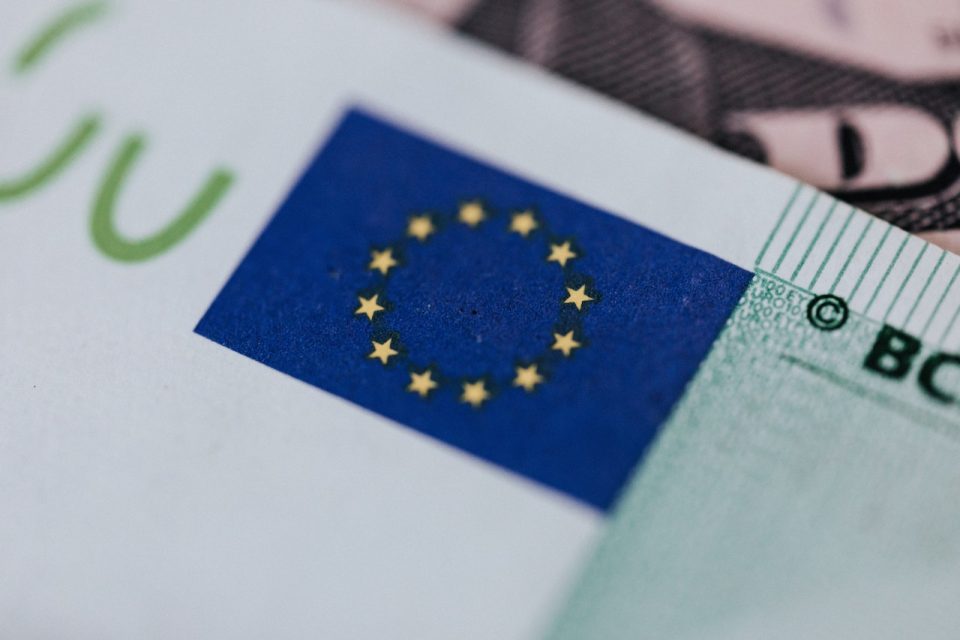The Gross Domestic Product (GDP) of the European Union experienced a marginal growth of 0.2% in the second quarter (Q2) of 2023 compared to the preceding quarter, with the Euro area showing a more modest increase of 0.1%. On a year-over-year basis, seasonally adjusted GDP saw a 0.5% surge in the Euro area and a 0.4% rise in the broader EU region, according to data released by Eurostat, the statistical arm of the EU.
Leading the charge in GDP growth was Lithuania, recording the highest surge at 2.9% compared to the previous quarter, followed closely by Slovenia at 1.4% and Greece at 1.3%. Conversely, Poland experienced the steepest contraction at 2.2%, with Sweden down 0.8% and Austria witnessing a 0.7% decline in GDP.
During the second quarter of 2023, household final consumption expenditure remained steady in both the Euro area and the EU, while government final consumption expenditure saw a modest increase of 0.2% in both zones. Exports, however, saw a dip of 0.7% in both regions, contrasting with a 0.1% increase in imports for the Euro area, and a 0.2% decrease in the broader EU.
The labor market also saw positive developments, with a 0.2% increase in the number of employed individuals in the Euro area and a 0.1% rise in the EU, compared to the preceding quarter. Lithuania, Malta, and Portugal saw the most significant employment growth, registering increases of 1.3%. Conversely, Estonia experienced the sharpest decline, with employment dropping by 1.5%.
In light of these economic indicators, the European Central Bank (ECB) is set to convene later this month to deliberate on whether to implement a rate hike on September 14, aimed at ensuring the attainment of its 2% inflation target. The latest economic data will be integral in informing the decision-making process, with a verdict still pending.
Contextually, the performance of the European economy and its GDP serve as vital barometers for the overall economic well-being of the region. The Q2 of 2023 exhibited marginal GDP growth in the European Union, primarily driven by gains in household, government, and fixed capital expenditures, offset by contractions in both exports and imports. Concurrently, the labor market demonstrated an upswing in employment figures during the second quarter, with Lithuania, Malta, and Portugal leading the way. The impending meeting of the ECB holds the key to potential rate adjustments in pursuit of the coveted 2% inflation target.
Source: Yahoo Finance

